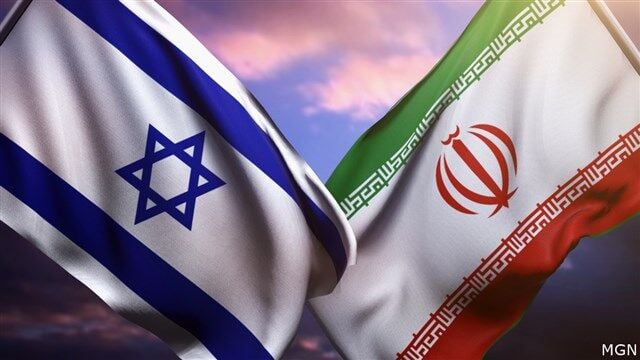Israel-Iran-US Conflict Ceasefire: What Comes Next?

The June 2025 ceasefire agreement between Israel and Iran, facilitated by Qatar and publicly endorsed by US President Donald Trump, marks a major but fragile pause in one of the most volatile Middle East escalations in recent history. Here's a comprehensive breakdown of what led to the ceasefire, the current state of affairs, and what might lie ahead.
The Ceasefire Explained
President Trump announced on June 23 that Iran and Israel had agreed to a 24-hour ceasefire starting June 24. According to reports by the Institute for the Study of War (ISW) and the Critical Threats Project (CTP), this agreement was the result of intense diplomatic mediation by Qatar. The ceasefire aims to prevent further direct escalation after weeks of high-stakes military exchanges.
Iran's Symbolic Missile Response
Before the ceasefire began, Iran launched 14 missiles at the Al Udeid Air Base in Qatar, targeting US assets. Most of these were intercepted, and the attack caused no casualties or significant damage. Iranian state officials indicated that the strike was deliberately measured—a symbolic retaliation, not an escalation. Iran reportedly notified Qatar and the US in advance.
"Iran fired one missile for each US bomb dropped on its nuclear sites," said a senior Iranian official.
Internal Iranian Power Struggles
Sources suggest that internal divisions within Iran's leadership influenced the ceasefire decision. Moderate leaders, including Hassan Rouhani and clerics from Qom, advocated for de-escalation. Behind closed doors, conversations reportedly included talk of suspending nuclear enrichment and even succession planning post-Khamenei.
Israel's Continued Military Strategy
Even with the ceasefire declaration, Israeli airstrikes reportedly continued targeting Revolutionary Guards Corps (IRGC) locations near Tehran and Karaj. These were aimed at disrupting drone facilities and missile launch infrastructure. In advance of these strikes, Israel issued evacuation alerts to civilians in affected districts.
The Nuclear Tensions
Earlier in the week, the US had struck key Iranian nuclear sites, including Fordow and Natanz. IAEA reports confirmed significant damage, though Iran appeared to have anticipated these attacks by relocating some material. Tehran has publicly reaffirmed its commitment to the Non-Proliferation Treaty (NPT), despite the military setbacks.
Covert Pressure and Psychological Operations
In a new twist, Israeli intelligence operatives reportedly contacted senior Iranian commanders, warning them to step away from Supreme Leader Khamenei’s directives or face targeted consequences. This psychological tactic underscores a broader goal: destabilizing Iran’s internal command structure without conventional warfare.
Regional and Global Stakes
The ceasefire, while welcome, leaves the Middle East on edge. Gulf states are on high alert, global oil prices are volatile, and diplomatic channels are strained. Washington, Doha, and Tel Aviv are in constant contact, while Moscow and Beijing monitor the developments closely. The coming days will determine if the calm holds—or if deeper conflict resumes.
Conclusion
The June 2025 Israel-Iran ceasefire might only be temporary. The deeper issues—nuclear ambitions, proxy wars, ideological rivalry—remain unresolved. Yet it also shows the power of diplomacy when regional and global players step in decisively. The next 48 hours could shape the Middle East's trajectory for years to come.
Comments
Post a Comment